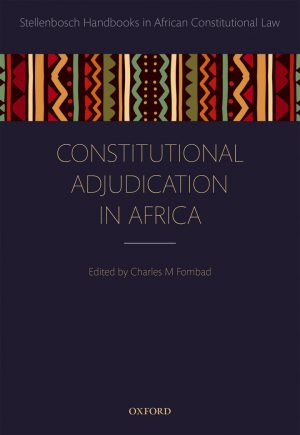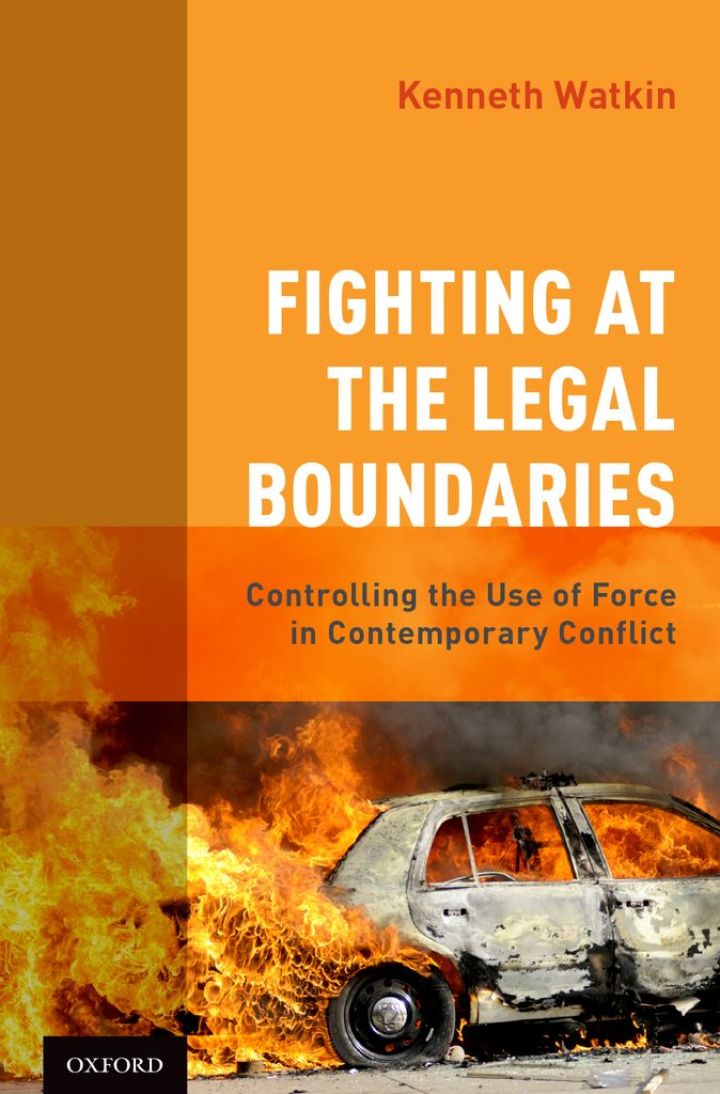Fighting at the Legal Boundaries Controlling the Use of Force in Contemporary Conflict
$20.48
Attention: This is just ebook, Access Codes or any other Supplements excluded! / File Delivery: Sent Via Email within 24 hours!
SKU: 933e7103c3a3
Category: Law Textbooks
Description
-
Author(s)Kenneth Watkin OMM, CD, QC
-
PublisherOxford University Press
-
FormatPDF
-
Print ISBN
9780190457976, 019045797X -
eText ISBN
9780190457976, 019045797X -
Edition
-
Copyright
- Details
The international law governing armed conflict is at a crossroads, as the formal framework of laws designed to control the exercise of self-defense and conduct of inter-state conflict finds itself confronted with violent 21st Century disputes of a very different character. Military practitioners who seek to stay within the bounds of international law often find themselves applying bodies of law-IHRL, IHL, ICL-in an exclusionary fashion, and adherence to those boundaries can lead to a formal and often rigid application of the law that does not adequately address contemporary security challenges.Fighting at the Legal Boundaries offers a holistic approach towards the application of the various constitutive parts of international law. The author focuses on the interaction between the applicable bodies of law by exploring whether their boundaries are improperly drawn, or are being interpreted in too rigid a fashion. Emphasis is placed on the disconnect that can occur between theory and practice regarding how these legal regimes are applied and interact with one another. Through a number of case studies, Fighting at the Legal Boundaries explores how the threat posed by insurgents, terrorists, and transnational criminal gangs often occurs not only at the point where these bodies of law interact, but also in situations where there is significant overlap. In this regard, the exercise of the longstanding right of States to defend nationals, including the conduct of operations such as hostage rescue, can involve the application of human rights based law enforcement norms to counter threats transcending the conflict spectrum.This book has five parts: Part I sets out the security, legal, and operational challenges of contemporary conflict. Part II focuses on the interaction between the jus ad bellum, humanitarian law and human rights, including an analysis of the historical influences that shaped their application as separate bodies of law. Emphasis is placed on the influence the proper authority principle has had in the human rights based approach being favored when dealing with “criminal” non-State actors during both international and non-international armed conflict. Part III analyzes the threats of insurgency and terrorism, and the state response. This includes exploring their link to criminal activity and the phenomenon of transnational criminal organizations. Part IV addresses the conduct of operations against non-State actors that span the conflict spectrum from inter-state warfare to international law enforcement. Lastly, Part V looks at the way ahead and discusses the approaches that can be applied to address the evolving, diverse and unique security threats facing the international community.
Related products
-

Agency in Mental Disorder Philosophical Dimensions
Rated 0 out of 5$26.00 Add to cart -

Challenges for Humanitarian Intervention 1st Edition Ethical Demand and Political Reality
Rated 0 out of 5$27.62 Add to cart -

Constitutional Adjudication in Africa 1st Edition
Rated 0 out of 5$45.50 Add to cart -

Civil Wrongs and Justice in Private Law 1st Edition
Rated 0 out of 5$43.88 Add to cart

